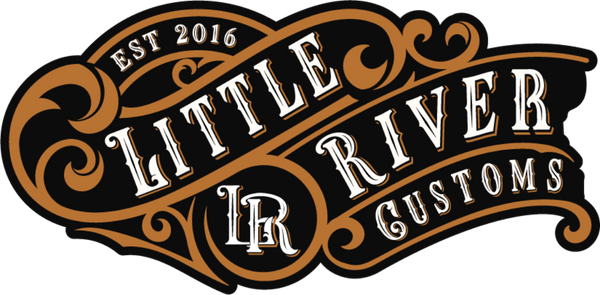Why Your Shopify Website Is Holding You Back (And What To Do About It)
Share
Let’s be blunt—if your website feels like a confusing maze, it’s costing you sales. In the e-commerce game, you don’t get second chances. Your Shopify storefront has less than 5 seconds to convince someone to stay. If your navigation sucks, your homepage loads like molasses, or your product pages are missing the basics, you're handing business to your competitors.
Here’s what smart businesses do differently—and how you can build a Shopify site that not only looks good but ranks high, converts fast, and scales like a beast.
1. Clear Navigation Isn’t Optional—It’s the Whole Game
Think about it: if someone lands on your site and doesn’t know where to click next, they’re gone. Your navigation should be:
- Simple (5–7 top-level links max)
- Predictable (no cute labels like “The Vault” instead of “Shop”)
- Mobile-optimized (over 70% of Shopify traffic is mobile)
💡 Pro Tip: Use Shopify’s built-in menu editor and test your site in mobile view often. Confusion = bounce.
2. Homepage Structure: Lead With the ‘Why,’ Not Just the Product
The best Shopify stores lead with purpose. Your homepage should:
- Tell visitors what you do within 3 seconds
- Showcase best-sellers or categories
- Feature social proof (reviews, Instagram, badges, etc.)
- End with a clear CTA ("Shop Now," "Build Yours," etc.)
And yes, SEO matters here too. Your homepage title, H1, and meta description should all include your primary keywords. Example: “Custom Leather Patch Hats | Built to Outlast Trends.”
3. Product Pages That Convert: Stop Leaving Money on the Table
Your product pages should be doing the heavy lifting. Here's what every product page needs to have:
✅ Keyword-optimized title and description
✅ High-quality, SEO-tagged images with alt text
✅ Clear price, variants, and CTA buttons
✅ Shipping and customization info (ideally shown dynamically—hello, TagTalk)
✅ Reviews and/or UGC
And please—don’t copy-paste manufacturer descriptions. Google hates that. So do your customers.
4. SEO Isn’t Magic—It’s Strategy
A beautiful site won’t matter if no one can find it.
On Shopify, SEO should be baked into every page:
- Optimize your page titles and meta descriptions (stick to Google’s character limits)
- Add unique alt text to every product image
- Use header tags (H1–H3) correctly—no skipping
- Interlink your content with relevant internal links
- Submit your sitemap to Google Search Console
If you want long-term traffic without paying for every click, SEO is your best friend.
5. Speed = Sales
Shopify is fast—but only if you keep it lean.
- Ditch slow-loading sliders and autoplay videos
- Compress all images before uploading (use WebP if possible)
- Use Shopify-approved apps (poorly built apps can tank load time)
- Limit homepage content to what’s essential
Page speed directly impacts SEO and conversion rate. Don’t let a bloated theme choke your growth.
6. The Power of Custom Pages
Shopify’s not just for product listings. Use custom landing pages for:
- Collection features
- B2B/dropship inquiries (like Shopify Collective)
- Seasonal promos
- Blog content (yep, blogging still helps SEO)
Custom pages let you target specific keywords and customer segments while giving Google more indexable content.
7. Trust Signals Win Carts
In a saturated e-commerce world, trust is currency. Build it with:
- Clear shipping/return policies
- SSL security (built-in on Shopify, but highlight it)
- Testimonials and reviews
- Real photos and videos of your products in use
- An About page that tells a real story
People buy from people, not faceless stores.
Final Thoughts: Your Website Is Your Sales Rep
If your Shopify site isn’t working for you 24/7, you’re doing it wrong. A high-performing site should:
- Attract (through SEO)
- Convert (with good UX)
- Retain (with fast performance and trust)
Whether you're a custom hat brand, a local retailer going online, or a B2B supplier selling through Shopify Collective—your website is your most important employee.
Build it like your business depends on it. Because it does.
Need help optimizing your Shopify store?
We can give you a couple pointers. But if you really want to step up your game visit out partners for more indepth SEO, Website building, and brand building. -->> The KANSO Creative
